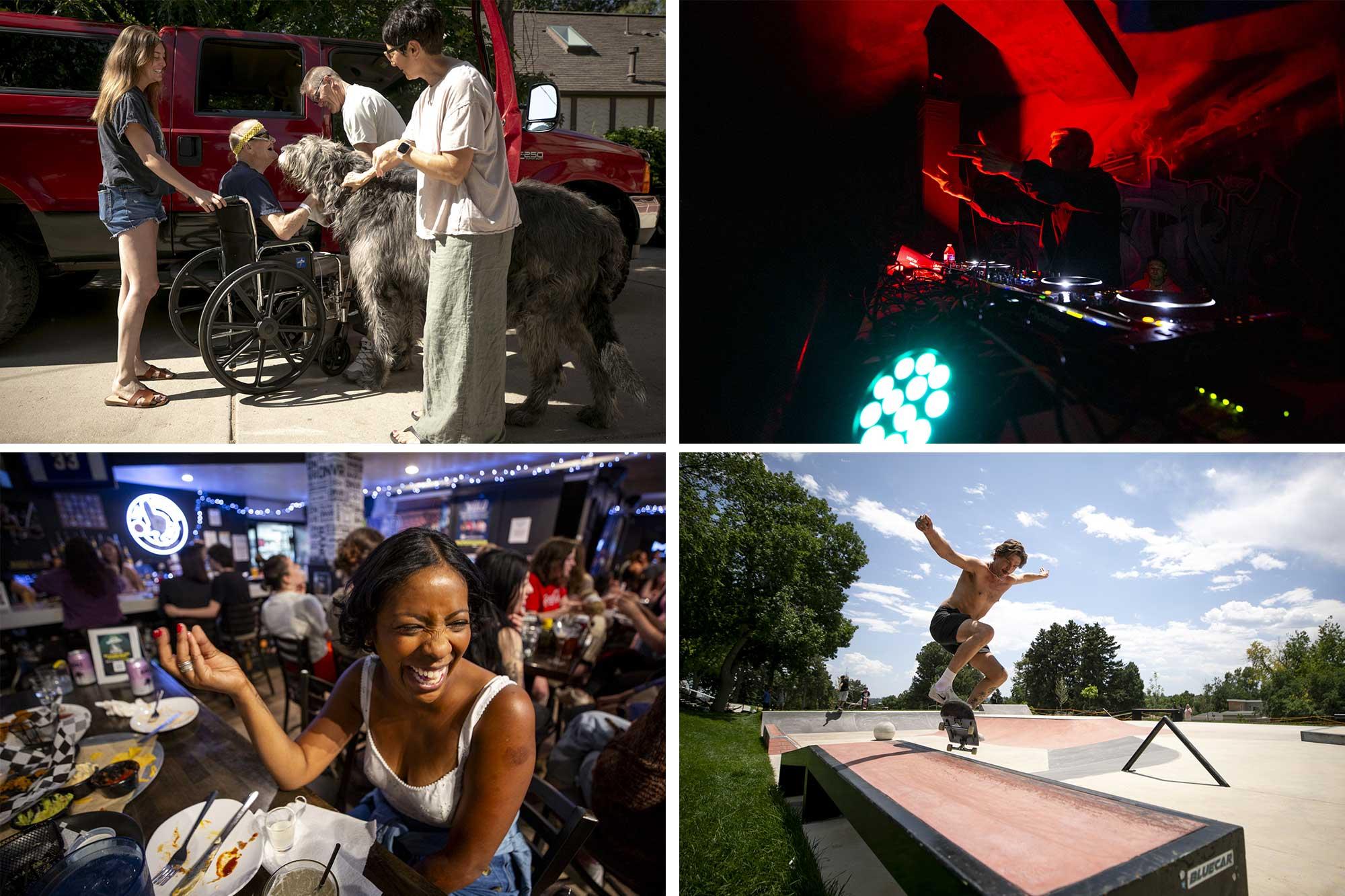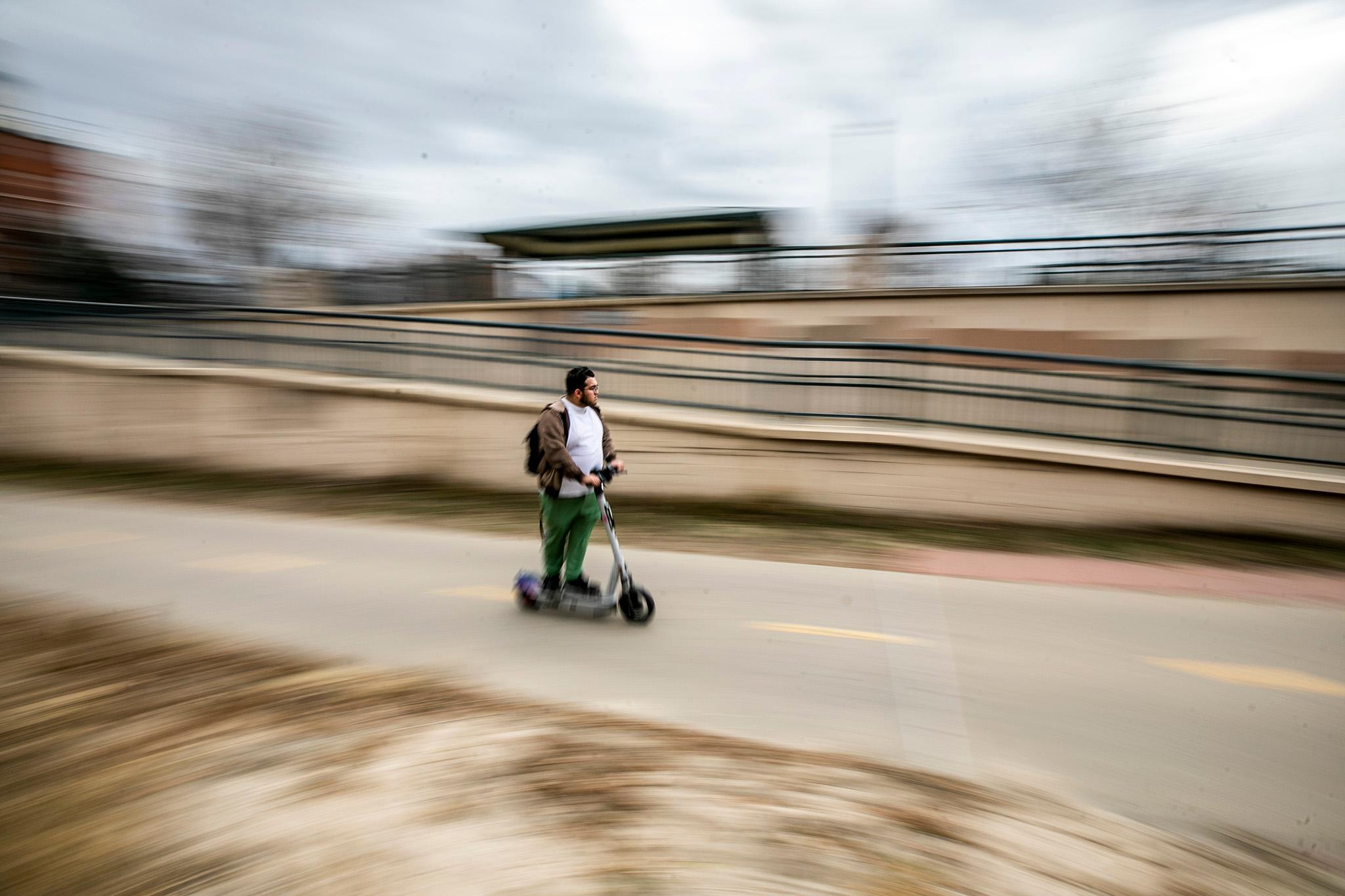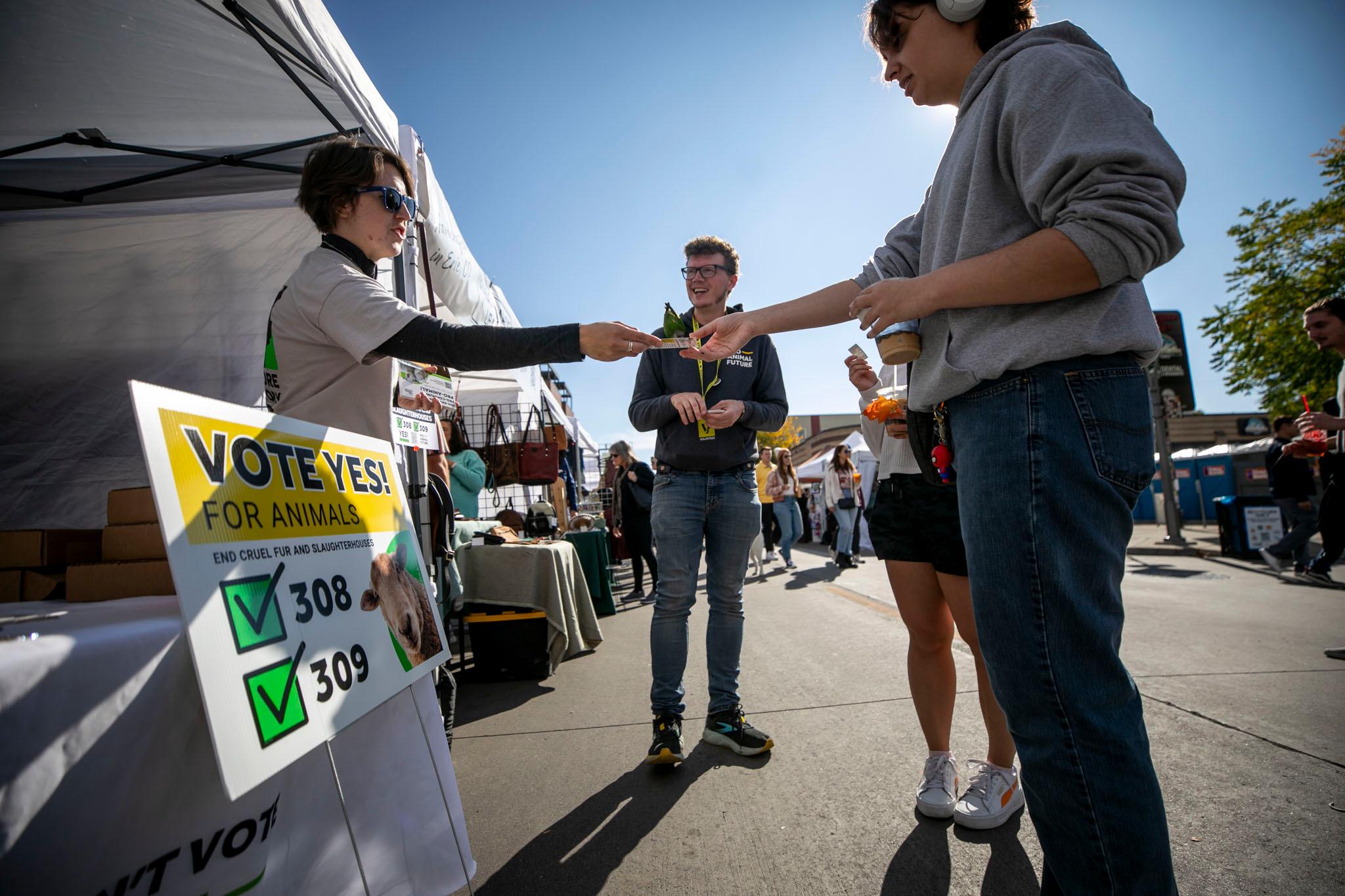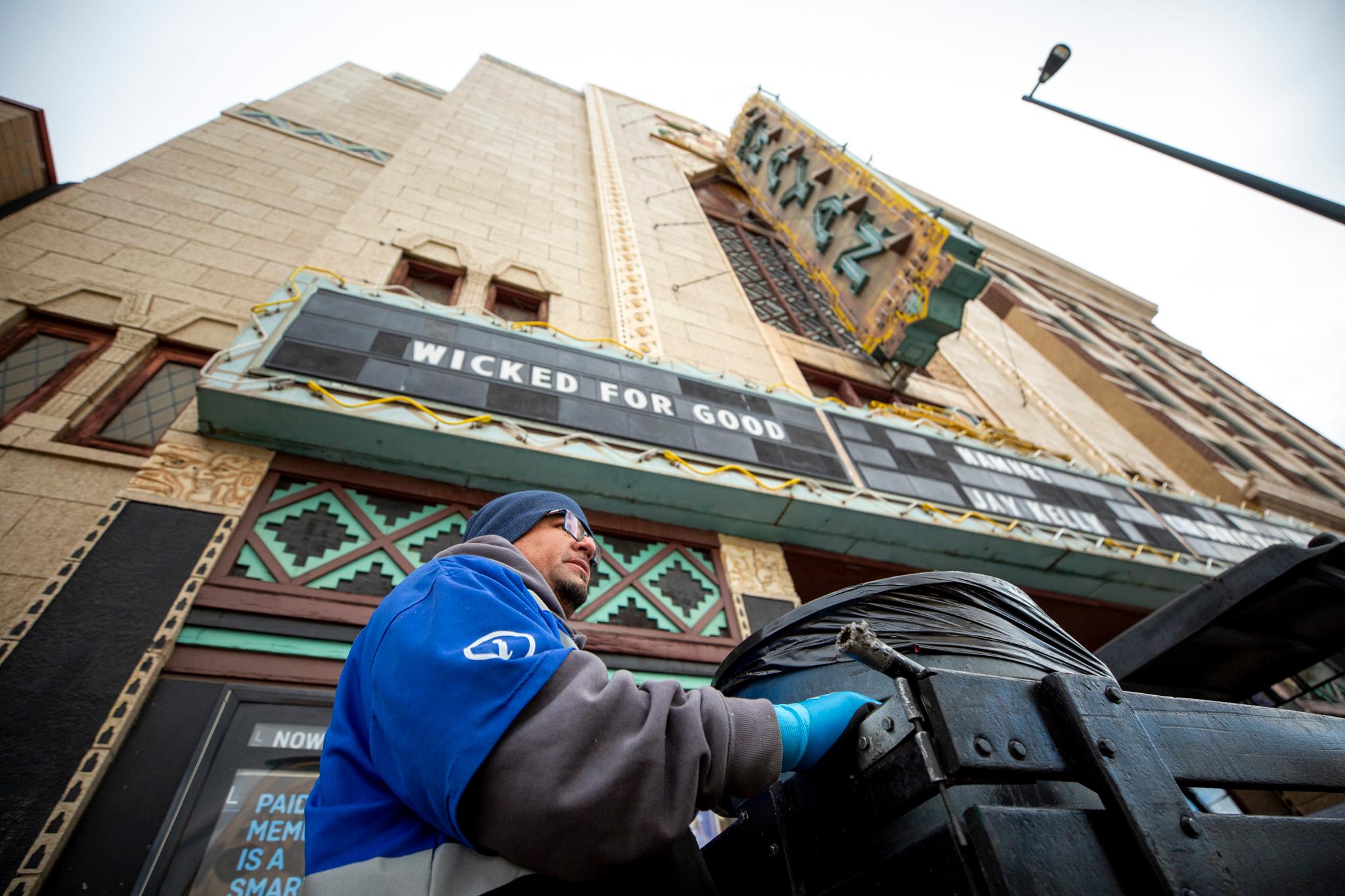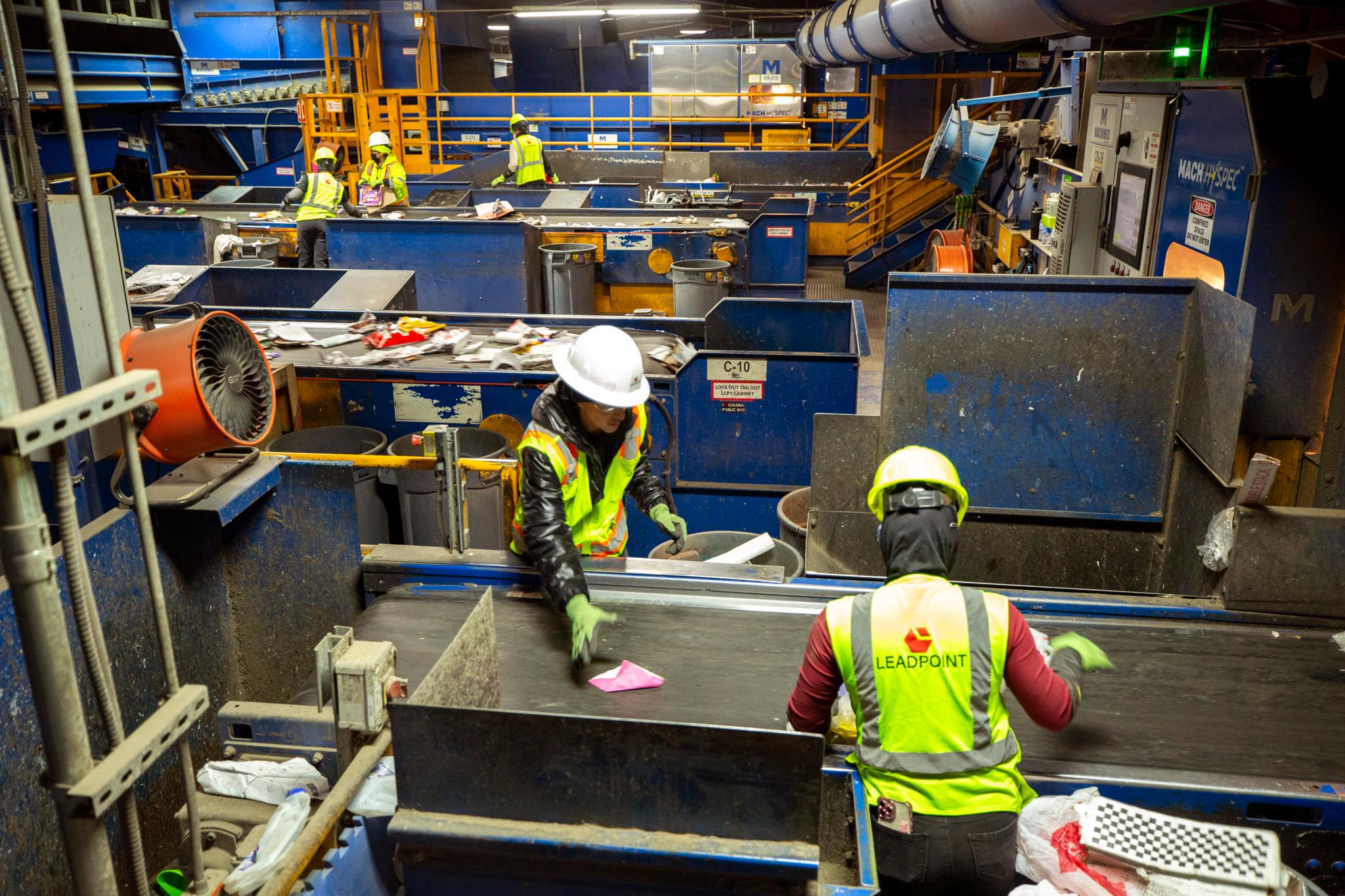Bikers, hikers and even horseback riders have a reason to celebrate. Colorado lottery money will help fund the permanent conservation of the High Line Canal.
That's the 71-miles of trails and open space stretching from Waterton Canyon in the mountains all the way to the Eastern Plains, near Denver International Airport, cutting through Denver, Douglas, Adams and Arapahoe Counties.
The canal was built in the late 1800s to import water from the South Platte River to regional farms. Denver Water took over the canal in the 1920s. Since the 1970s, portions of the canal have included a trail that has become one of the longest through the city.
The High Line Canal Conservancy works to preserve this land. In total, the High Line Canal boasts 8,000 acres of parks and open space. While much of the project is complete, parts in the northeast still need work.
Great Outdoors Colorado (GOCO) has given the conservancy a $350,000 grant to help preserve the strip as open space as part of the organization's land acquisition program. The money comes from the Colorado Lottery, which dedicates some of its revenue to parks and open space.
Taxpayers committed a portion of lottery revenue to outdoors projects starting in 1992. In total, GOCO has funded over 5,600 projects spanning every Colorado county.
GOCO has spent more than $31 million on Denver projects alone, including some of the largest in the city's history: Sand Creek Regional Greenway Trail, Commons Park, Paco Sanchez Park and the Cherry Creek corridor.
The funding from GOCO will give the Conservancy the tool it needs to find a way to protect the canal permanently. The Conservancy will work with local governments and Denver Water to find a mechanism -- like a conservation easement -- to protect the land as open space. They will know more about the specifics in the fall.
"It's always been a priority of the Conservancy to get permanent protection for the canal as a recreational, ecological resource for the region," said Suzanna Fry Jones, the group's director of programs and partnerships.


